Tanning process
Tanning, skill and technology
The Gruppo Mastrotto formula is simple: experience and professionalism in tandem with the most modern technology in the leather industry. This is the winning combination that drives the production of millions of square metres of leathers every year for distribution to markets throughout the world.
The Group’s production process consists of a complex series of treatments where the skills of our experienced workers come to the fore, thanks to increasingly advanced systems developed through a long-term, ongoing research effort. The hides are treated and processed to become shoes, jackets, bags, couches, chairs and indeed any other article that designers and stylists can dream up.
-

1. Soaking
Washing in water to remove impurities and folds from the hides
-
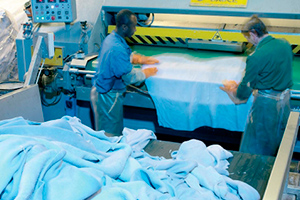
2. Pressing
Excess water is eliminated and the hide is stretched
-
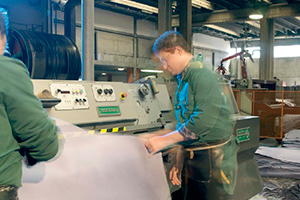
3. Splitting
The grain – the outer surface of the hide – is mechanically separated horizontally from the split (the lower part)
-
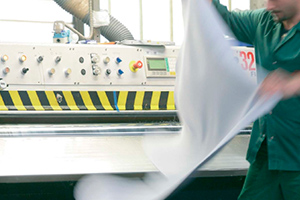
4. Shaving
The entire surface of the hide acquires a uniform thickness
-
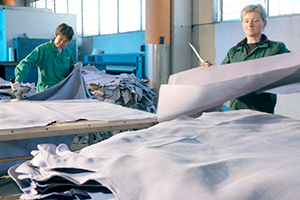
5. Trimming
Cutting, selecting and dividing the hide
-

6. Dyeing
The key point in the process, lending the hide softness, colour and stability (storage life)
-
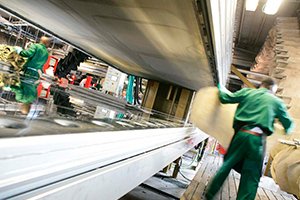
7. Drying
Removing the water via vacuum suction using special equipment made of steel plates
-
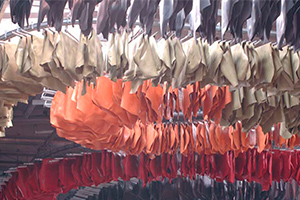
8. Conveyor
Conditioning the leather by suspending it from an overhead conveyor at ambient temperature
-
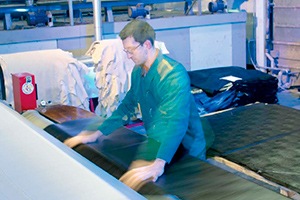
9. Staking
The leather is softened using a machine that provides a mechanical beating action
-
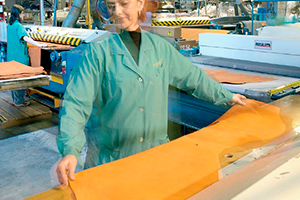
10. Buffing
Surface abrasion using special paper to lend sheen (for nubuck and suede splits)
-
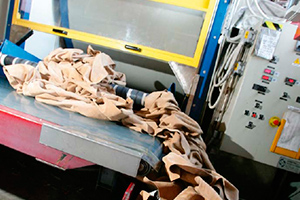
11. Fulling
The leather is softened by mechanical buffeting within drums under controlled humidity conditions
-
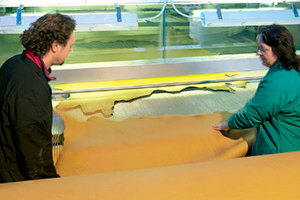
12. Finishing
Treatment to give the desired shine, colour and appearance
-
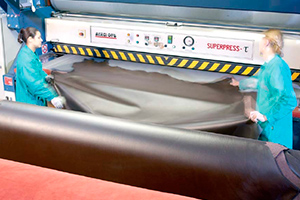
13. Ironing
This step is needed to ensure the level of shine required
-

14. Trimming
Ensuring that the finished product has regular edges
-
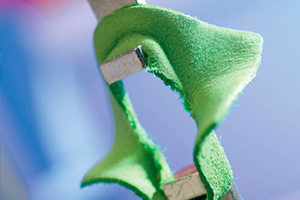
15. Workshop
Physical and chemical tests carried out to international standards and customer specifications
-
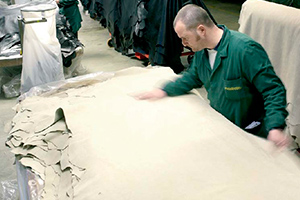
16. Selection
Checking for quality, surface properties and thickness
-
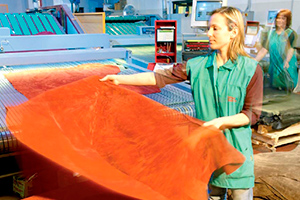
17. Measuring
Measuring with precision electronic equipment, packaging and shipping to the customer
-
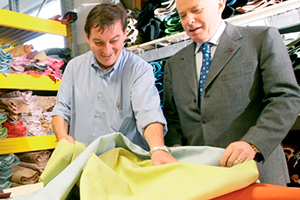
18. Storage
Storing the finished material ready for delivery of the samples and just in time service




